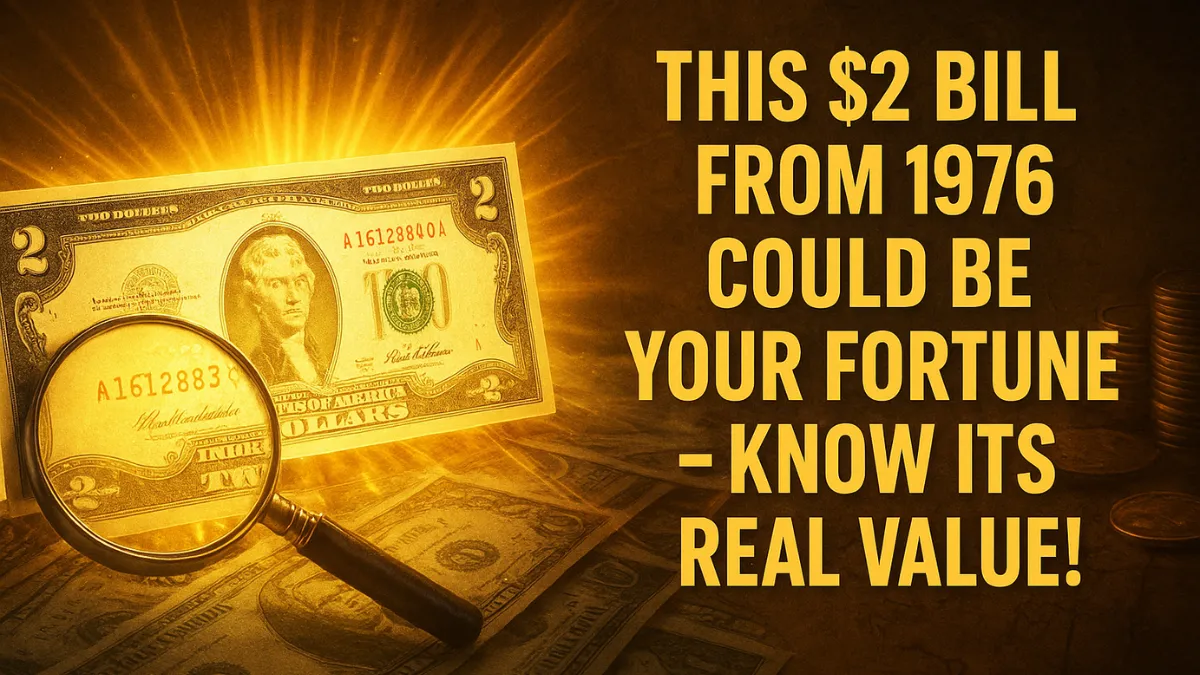When it comes to American currency, few notes invite as much curiosity or excitement as the 1976 $2 bill. Released to mark the United States’ Bicentennial, the 1976 $2 bill isn’t just a nostalgic keepsake—it might also be a hidden gem in your wallet, potentially worth far more than its face value. Here, we explore what makes these bills special, how to determine their true value, and what you should look out for if you hope to turn a simple piece of currency into a small fortune.
The Story Behind the 1976 $2 Bill
The 1976 $2 bill was issued for America’s 200th birthday and set itself apart with a redesigned reverse, featuring John Trumbull’s painting: “Signing of the Declaration of Independence.” Unlike most currency, the $2 bill was printed in relatively limited runs and many were hoarded as mementos rather than circulated, adding to their mystique and rarity today.
What Drives A 1976 $2 Bill’s Value?
Not all 1976 $2 bills are created equal in the eyes of collectors. Several factors play a vital role:
- Condition: Crisp, uncirculated bills—those with no folds, stains, or wear—command the highest premiums. Circulated notes are less valuable but can still be worth more than face if they have other rare features.
- Serial Numbers: Unusual or unique serial numbers, such as repeating digits (e.g., 22222222), sequential “ladders” (12345678), palindromes, or low numbers (e.g., 00000006) are highly prized by collectors. These can drastically increase the value of an otherwise ordinary note.
- Star Notes: Bills with a star (*) in the serial number, called “star notes,” are rarer replacement notes printed by the Bureau of Engraving and Printing and can fetch much higher prices.
- Printing Errors: Notes with printing mistakes—misaligned cuts, double serial numbers, or missing signatures—are rare and can be the jackpot for currency collectors, potentially selling for hundreds or thousands of dollars.
- Historical Authenticity: The $2 bill’s unique design and limited circulation during a memorable year enhance its collectability.
Value Breakdown: What Could Yours Be Worth?
To give you a realistic snapshot of current market estimates (as of 2025):
These values depend on collector demand and precise rarity; only a small fraction of all existing 1976 $2 bills are worth hundreds or thousands of dollars, but higher prices are absolutely possible—especially for error notes and unique serials.
How to Evaluate Your Own 1976 $2 Bill
- Examine the Bill’s Condition:
- Is it crisp, with vibrant colors, and no folds or damage? If yes, it may be uncirculated.
- Check the Serial Number:
- Look for stars, repeating numbers, low numbers, or intriguing patterns.
- Inspect for Errors:
- Search for doubled serial numbers, odd misalignments, or missing features.
- Consult a Professional:
- For high-value candidates, consider having your $2 bill professionally graded or evaluated by a reputable currency dealer.
- Stay Up-To-Date:
- Observe online marketplaces, auctions, and numismatic websites for current prices and trends.
Takeaway: Could Your $2 Bill Be a Fortune?
While most 1976 $2 bills are worth only a modest premium above face, some—thanks to condition, serial number, or error—can command hundreds or even thousands of dollars. If you find one tucked away in a drawer, take a closer look! Checking the bill’s condition, serial features, and printing quirks could reveal whether your $2 note is a simple curiosity, a valuable collector’s item, or a hidden jackpot.
